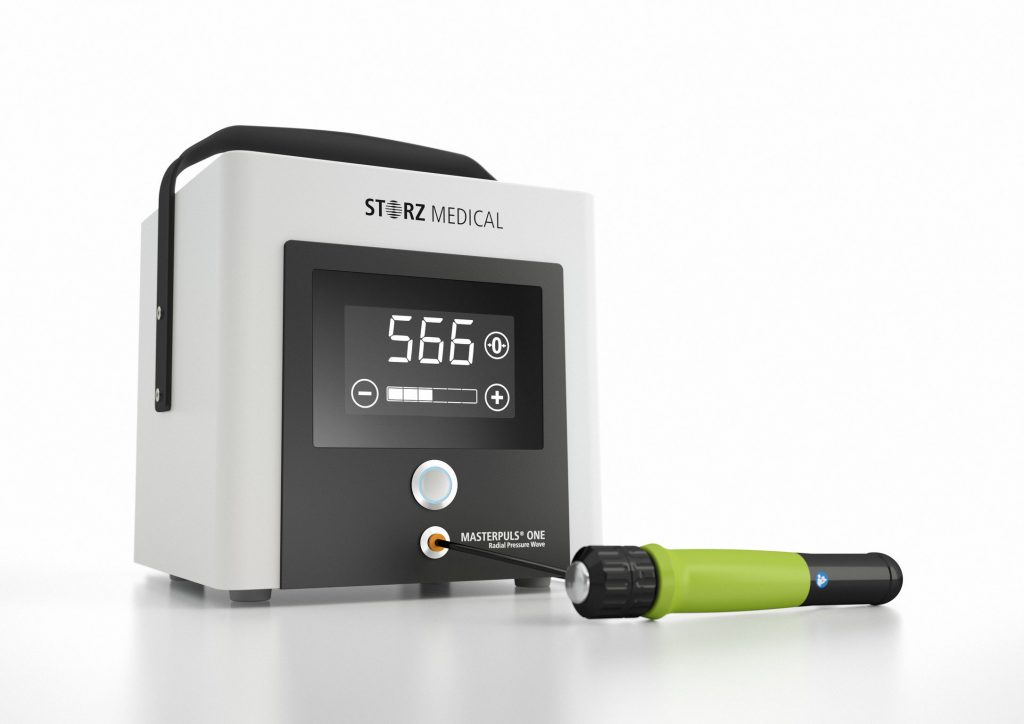Extracorporeal Shockwave therapy (ESWT)
MODALITY TALK
Today is the continuation of our talk on different treatment modalities with this time on Extracorporeal Shockwave Therapy (ESWT) also known as shockwave therapy. ESWT has been growing in popularity since an accidental discovery seen by an increase in certain bone laying cell (osteoblastic) response in the mid 1980s. Before that, it was only popular for breaking up kidney stones (lithotripsy) and not for orthopedic conditions.
Common conditions treated by shockwave therapy
Since its début in the orthopedic world, many studies have been done and have resulted with profound beneficial effects. Most popular for its success in treating proximal plantar fascitis(osis) (one of the most common causes of heel pain). Majority of papers showed positive effects with success rates ranging up to 88%. Some studies even compared the effectiveness of surgical treatment (plantar fasciotomy) versus ESWT and the results were comparable. Another interesting study showed that corticosteroid injection showed better short-term pain relief, however ESWT resulted in more favourable long-term results.
Other orthopedic conditions ESWT are currently known to help with includes lateral/medial epicondylitis (tennis and golfer’s elbow), calcific tendinitis (specifically the shoulder), osteoarthtitis of the knee, and patellar tendinopathy (aka jumper’s knee).
How does it work?
ESWT activates cellular responses such as neovascularization, simply put it helps to improve blood supply to help tissue regeneration and break down adhesions and scar tissue.
There has been controversies with ESWT, as some studies have shown mix results, however ESWT is non-invasive and very safe. So it can potentially replace surgical operations for some orthopedic conditions without having the risks of surgery. It can be painful during the treatment process, but only lasts for a few minutes. ESWT is a specialized unit and should only be used by a specialized health practitioner trained in this treatment method.
Speak with one of our MYOMED health practitioners today to see if this treatment method is right for you.

